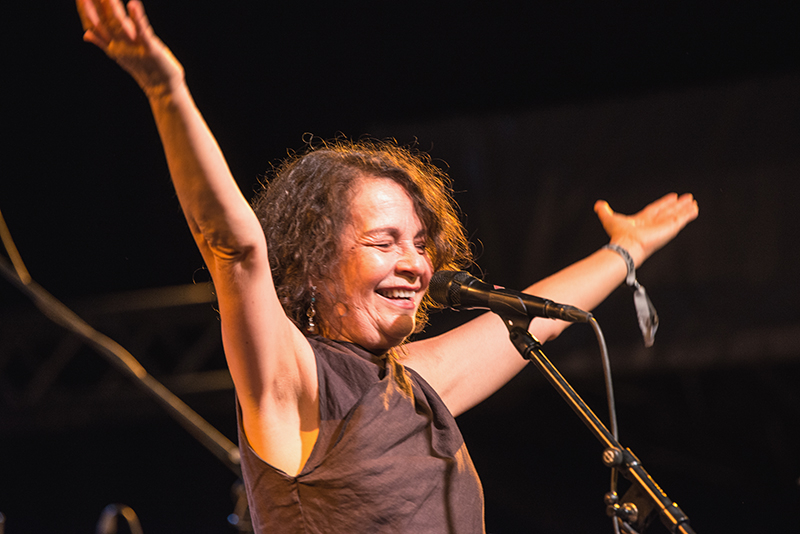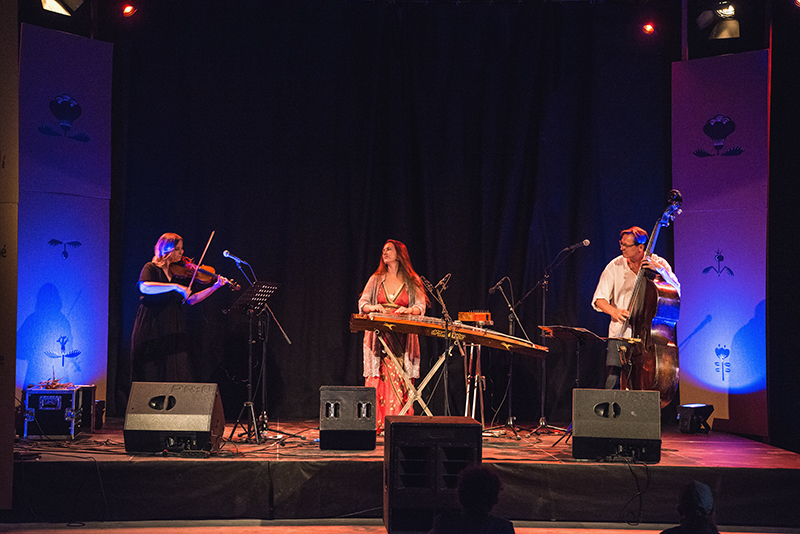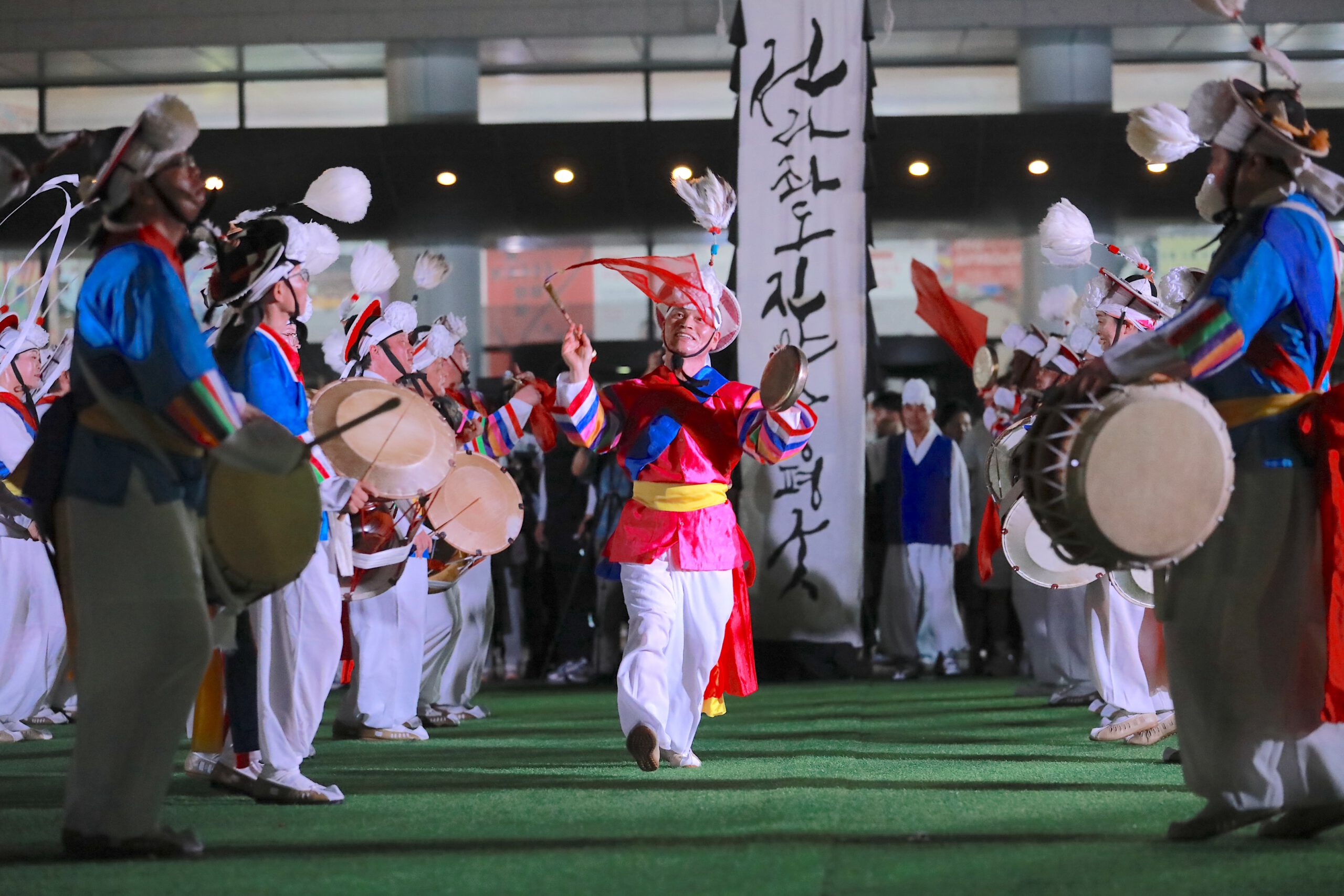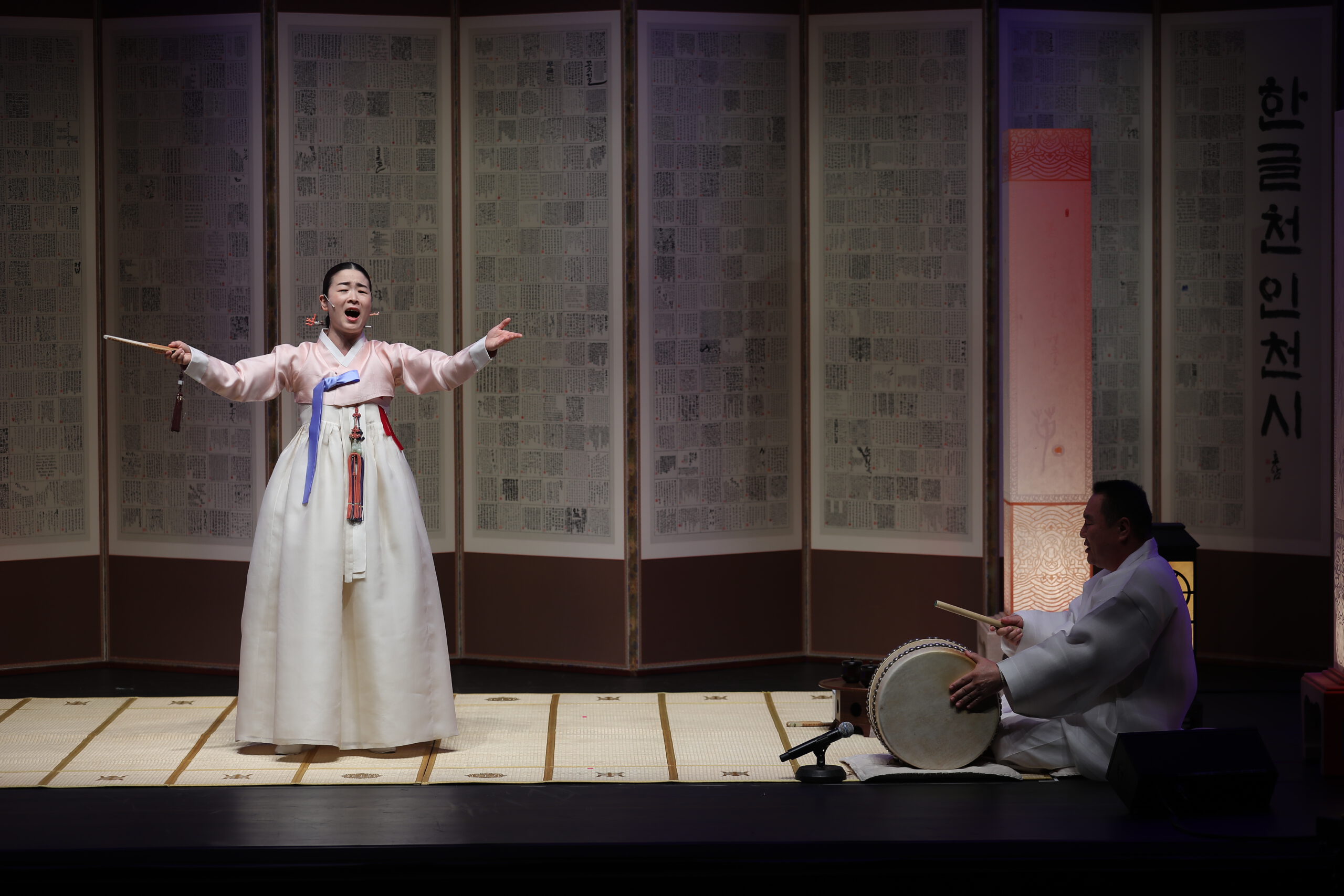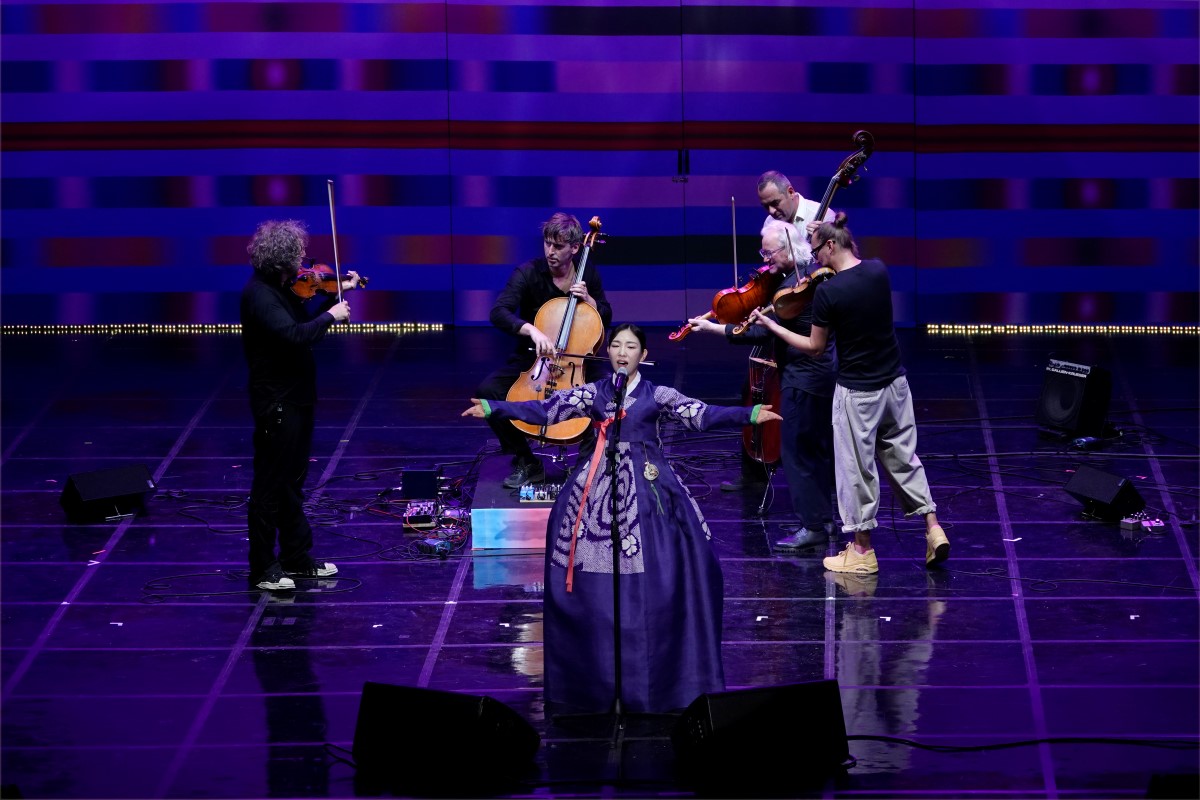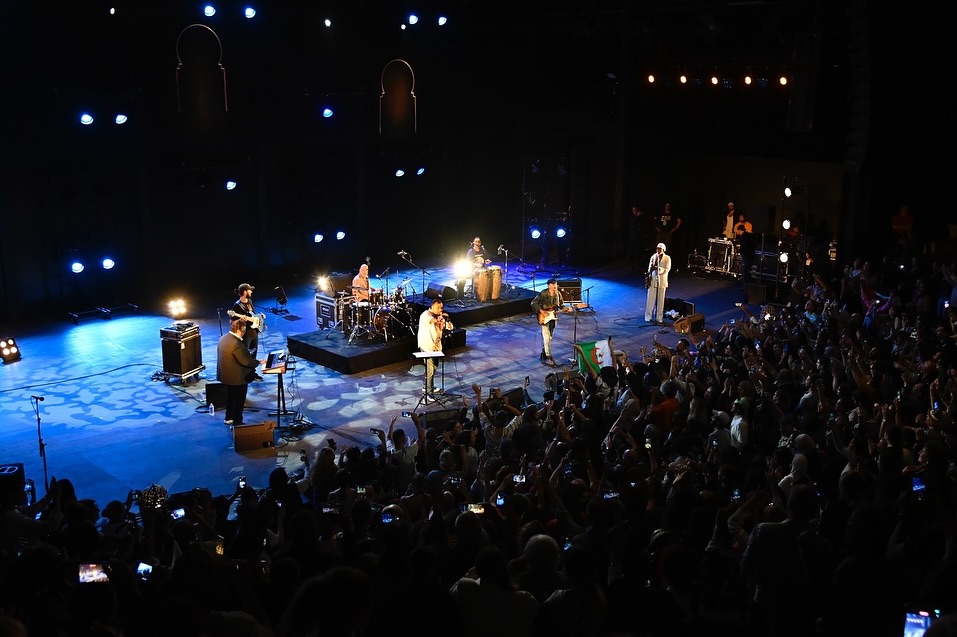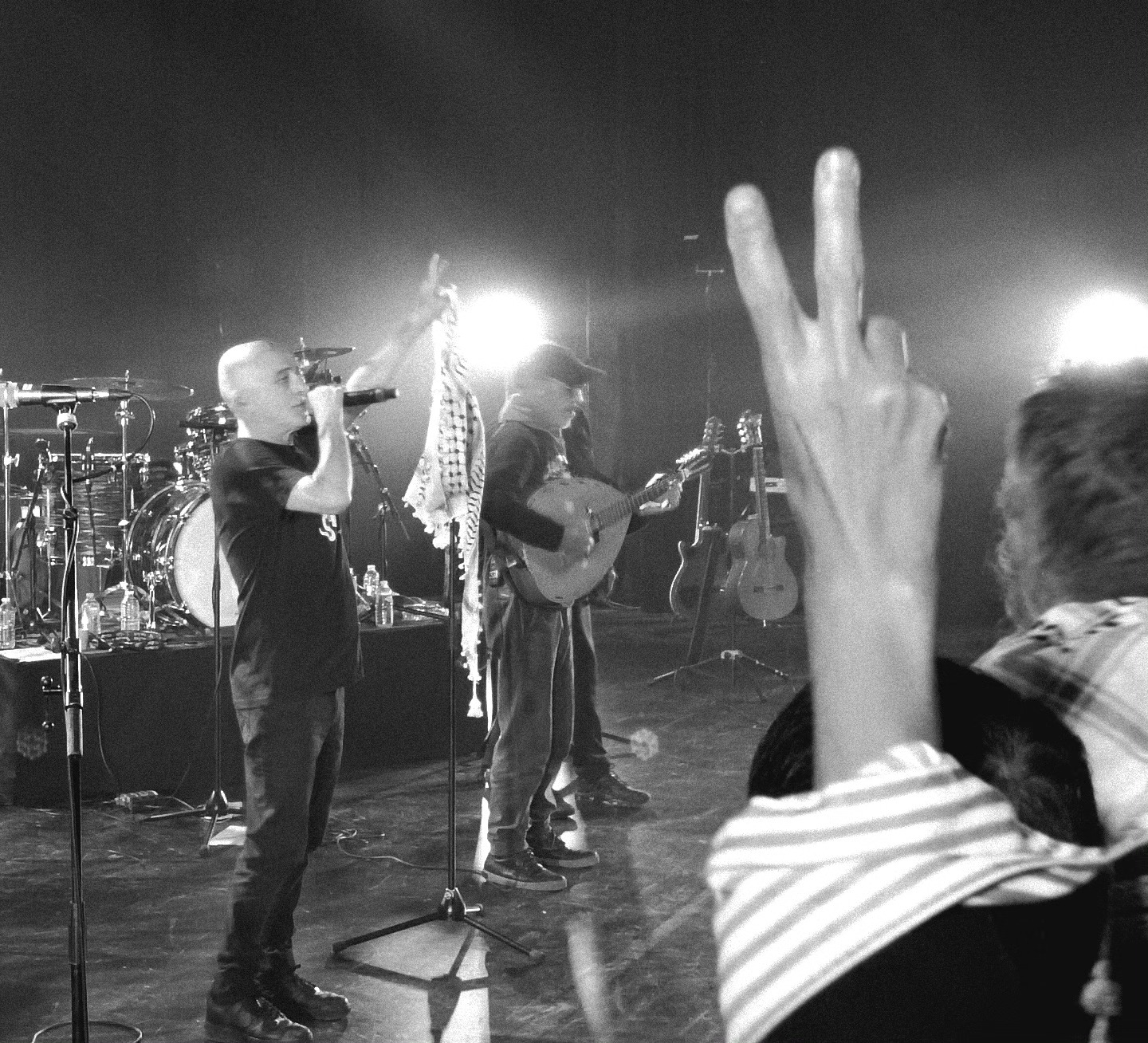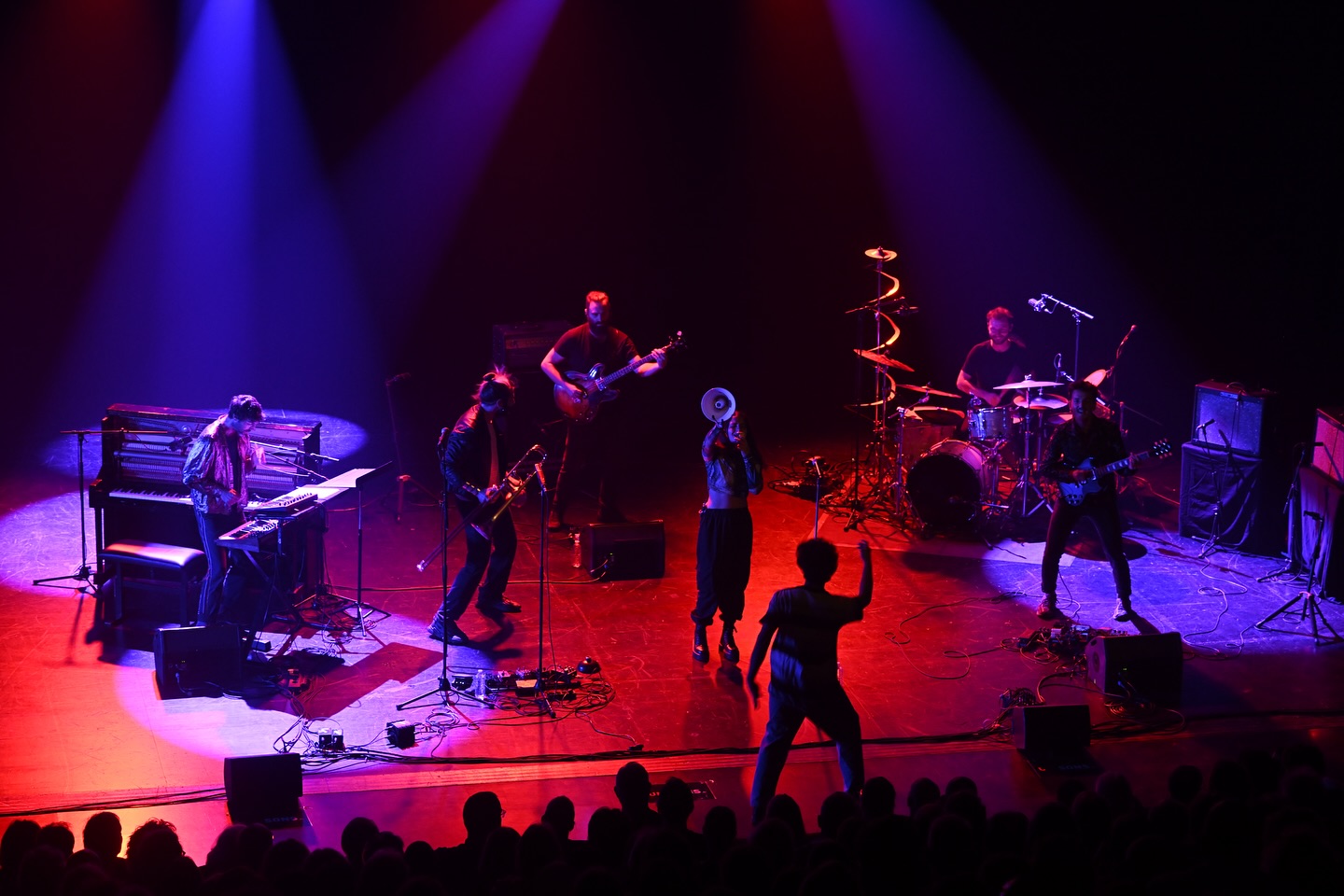Budapest Ritmo was #3 on the Transglobal World Music Festival Awards in 2024
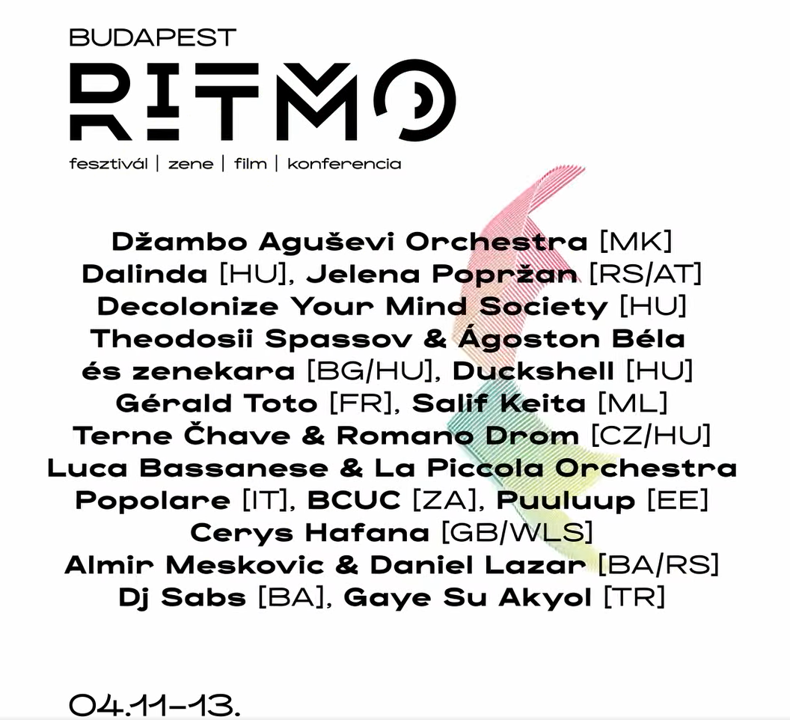 In April 2024, Budapest once again transformed into a thriving crossroads of sound, rhythm and cultural exchange as it hosted the 10th edition of Budapest Ritmo. Organised by Hangvető and integrated into the Bartók Spring International Arts Weeks, this year’s festival reaffirmed its reputation as one of Europe’s most exciting world music events—not just through its lineup of concerts, but also in the way it bridged artistry with professional dialogue and discovery.
In April 2024, Budapest once again transformed into a thriving crossroads of sound, rhythm and cultural exchange as it hosted the 10th edition of Budapest Ritmo. Organised by Hangvető and integrated into the Bartók Spring International Arts Weeks, this year’s festival reaffirmed its reputation as one of Europe’s most exciting world music events—not just through its lineup of concerts, but also in the way it bridged artistry with professional dialogue and discovery.
For three days, from the 11th to the 13th of April, the city pulsed with a musical energy that radiated from multiple iconic locations. The beating heart of the festival was the Akvárium Klub, a central venue well known for its versatile setup and dynamic atmosphere. Here, each night, the main concerts unfolded, featuring acts that carried the audience across continents and traditions. In parallel, the striking House of Music Hungary, an architectural marvel nestled in Budapest’s City Park, served as the central hub for daytime showcases, professional conferences and networking sessions. Its state-of-the-art spaces allowed for smooth transitions between talks, panels and performances, keeping the spirit of dialogue and discovery alive. The festival opened in a more laid-back setting: Szimpla Kert, one of Budapest’s legendary ruin pubs. With its eclectic interiors and informal charm, Szimpla hosted a free-to-the-public event that gave a taste of what was to come and set a welcoming tone for the entire festival.
Musically, Budapest Ritmo 2024 delivered a dazzling array of performances that underscored its commitment to diversity. From the Anatolian-psychedelia of Turkish star Gaye Su Akyol to the explosive energy of South African collective BCUC, the program pulsed with vitality and experimentation. French singer-songwriter Gérald Toto brought a more introspective flavor with his afro-chanson sound, while Cerys Hafana enchanted listeners with the soft, intricate tones of her Welsh triple harp. Each evening at the Akvárium Klub felt like an immersion into different cultural worlds, with the festival’s curators ensuring that the balance between tradition and innovation remained at the core of every set.
Beyond the concerts, what sets Budapest Ritmo apart is its integrated professional program. At the House of Music Hungary, the festival hosted a series of conferences that tackled urgent topics in the global music landscape. Themes included the ethics of representation, the continuing legacy of colonial structures in the music industry, and the impact of emerging technologies like artificial intelligence on music creation and curation. These discussions weren’t mere add-ons—they formed a central strand of the festival’s identity, drawing researchers, promoters, artists and journalists into spaces of thoughtful exchange. Networking sessions and mentoring opportunities complemented the talks, offering young and emerging musicians a rare chance to receive guidance from seasoned professionals and to build bridges that could carry their careers forward.
The daytime showcases, also held at the House of Music Hungary, were one of the festival’s most exciting aspects. Focused on emerging talent from Central and Eastern Europe, these performances were open to both the professional delegates and the general public. Agona Shporta from Kosovo delivered a performance steeped in emotional intensity and cultural identity, while Júlia Kozáková – Manuša from Slovakia impressed with a rich blend of traditional melodies and contemporary arrangements. Ukrainian-German ensemble LELÉKA stood out for their seamless integration of jazz and Ukrainian folk traditions, delivering a set that felt both grounded and daring.
Budapest Ritmo’s commitment to public accessibility was evident not only in its choice of venue for the opening night but also in its numerous free events throughout the festival. The daytime showcases, in particular, allowed anyone interested in global music to discover new artists without the barrier of ticket prices. This inclusive spirit permeated the entire event, creating a rare sense of community among attendees, whether they were music industry professionals or curious local audiences.
The 2024 edition of Budapest Ritmo was not merely a celebration of music—it was a space where music became a platform for discussion, reflection and connection. As the festival continues to grow and evolve, its commitment to bridging artistic excellence with social and cultural relevance remains firmly intact. For three days, Budapest became more than a city; it became a meeting point of rhythms, languages, ideas and aspirations.
This year’s Budapest Ritmo reminded everyone that music festivals don’t have to choose between entertainment and depth. With its careful curation of concerts, thought-provoking conferences and support for emerging talent, it reaffirmed its place as a landmark event on the European world music calendar.


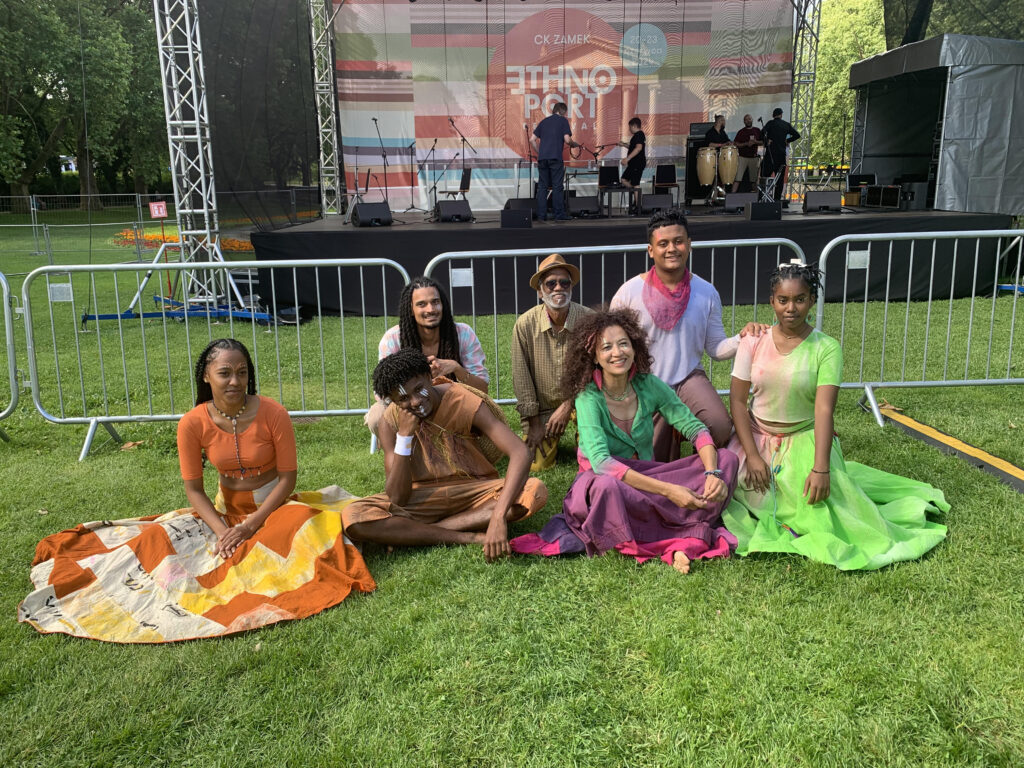
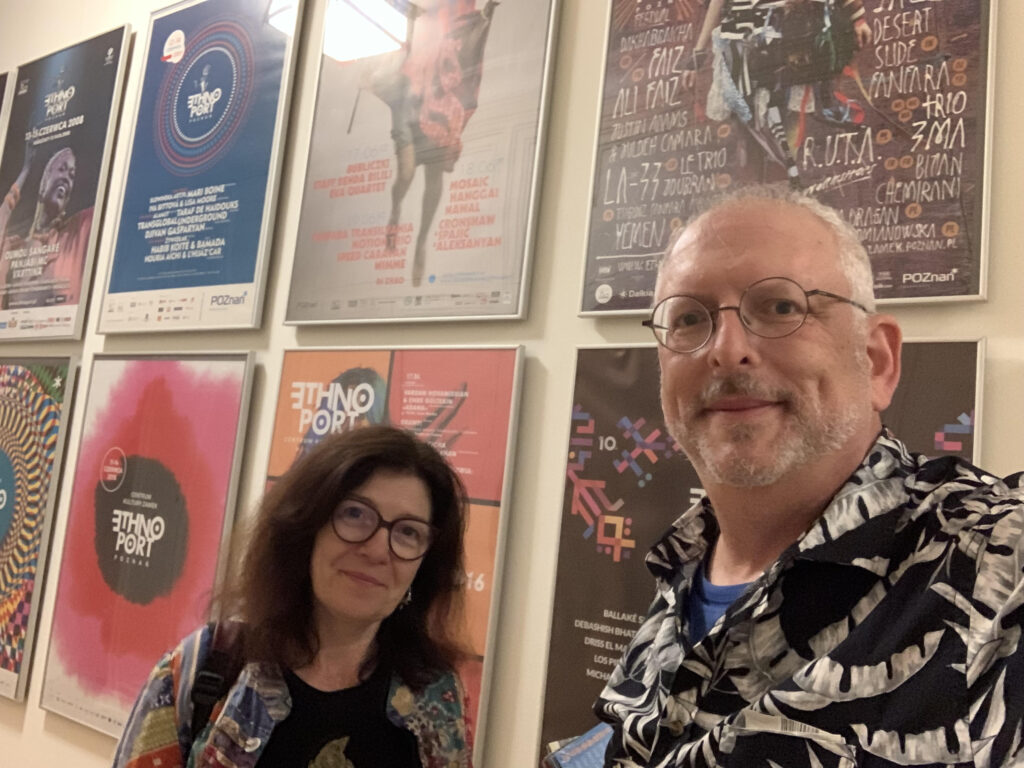
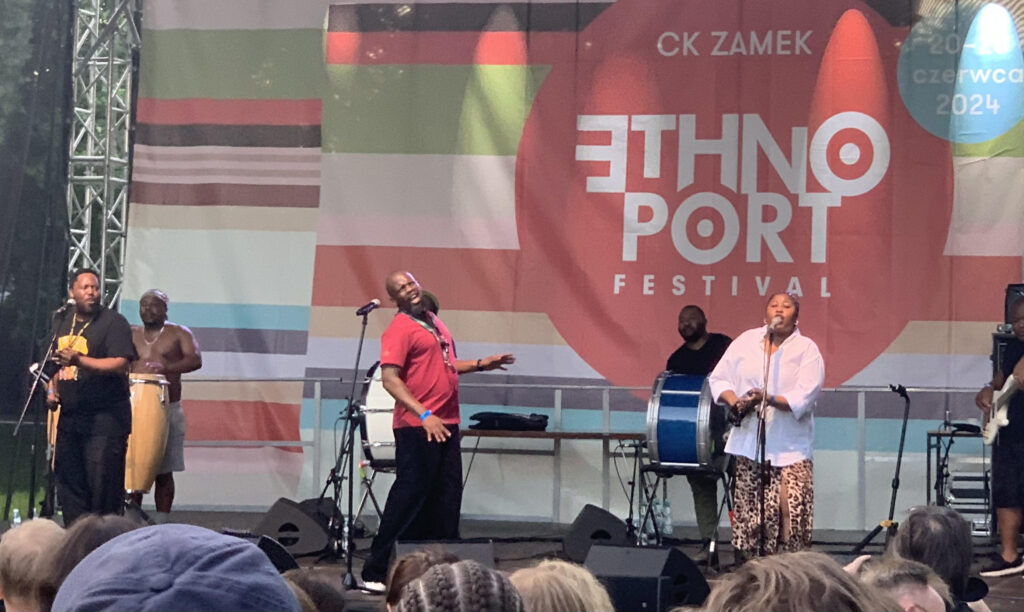
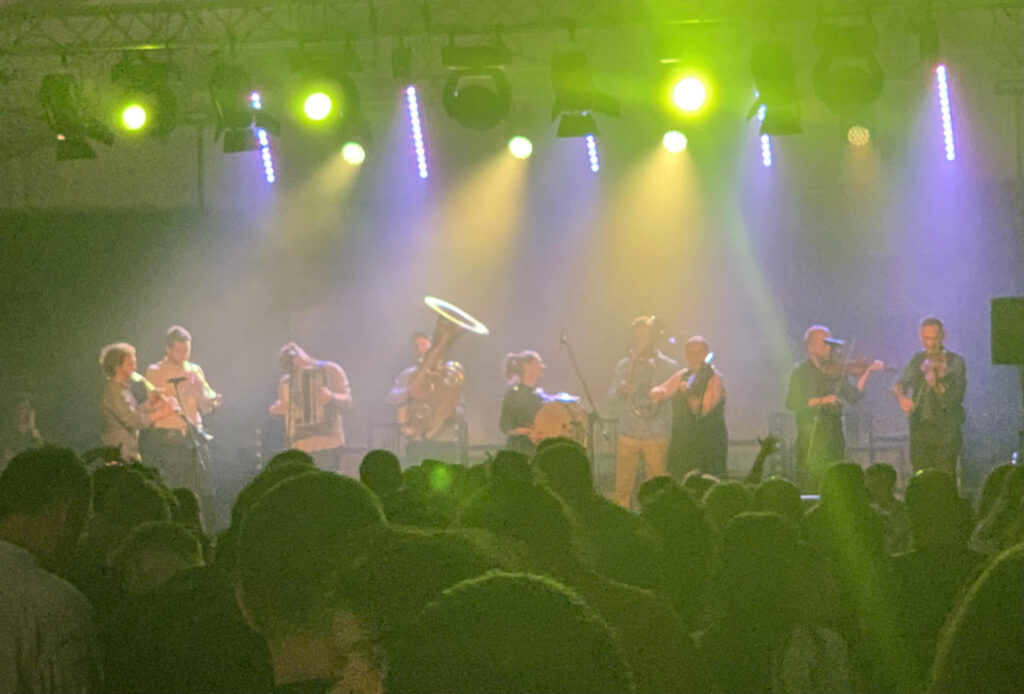
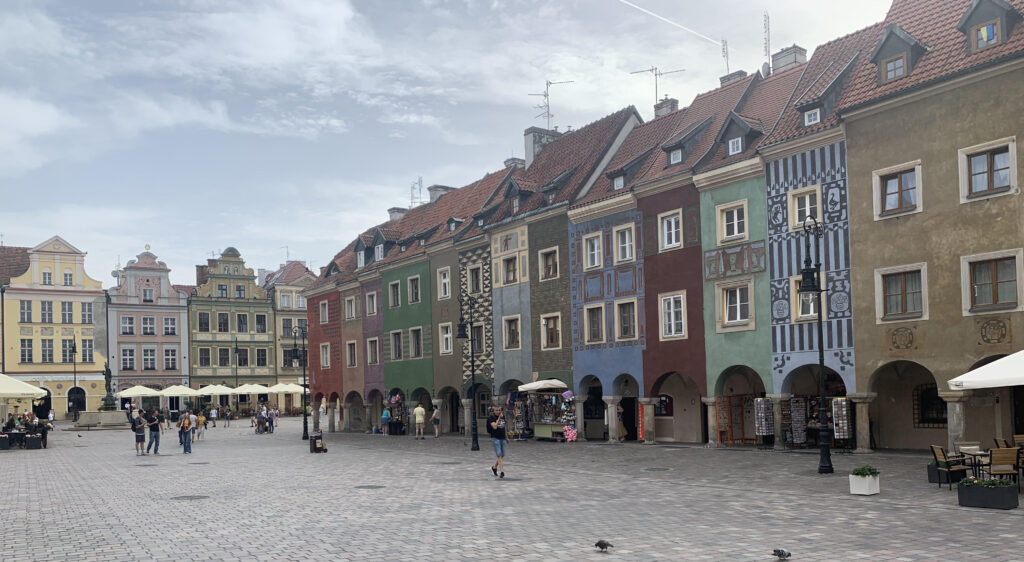
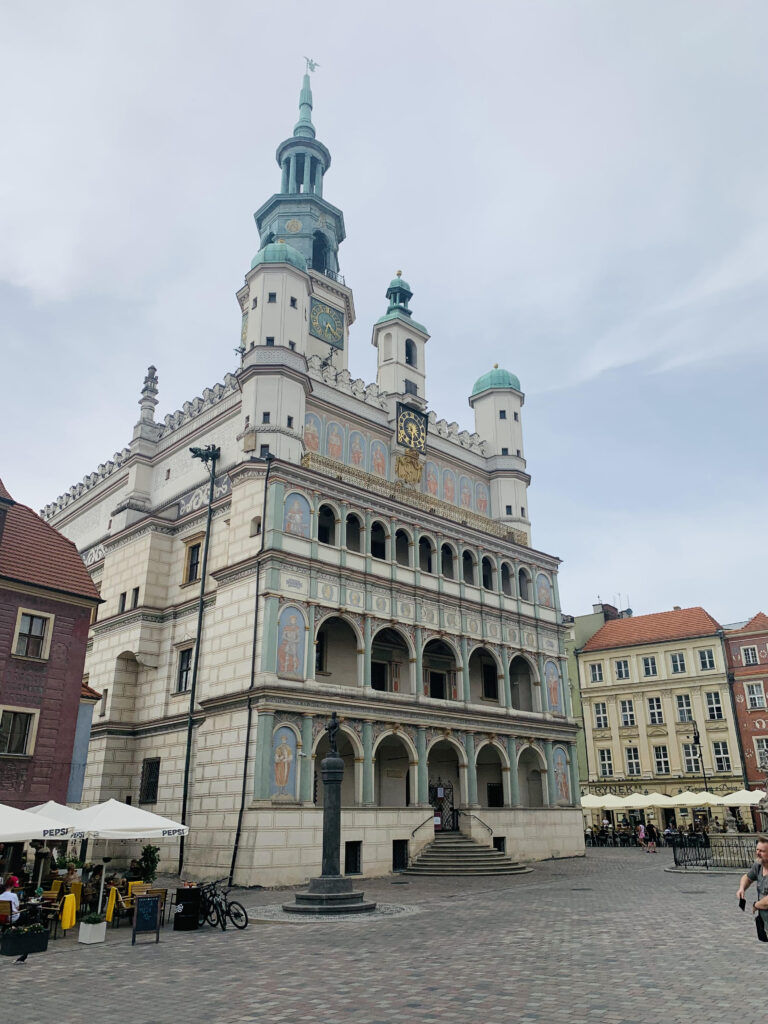

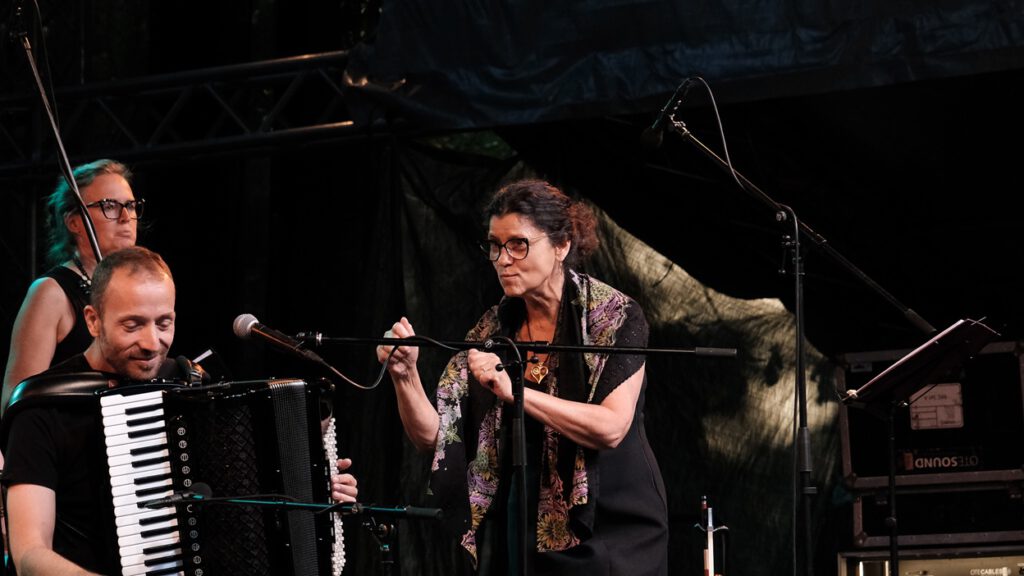
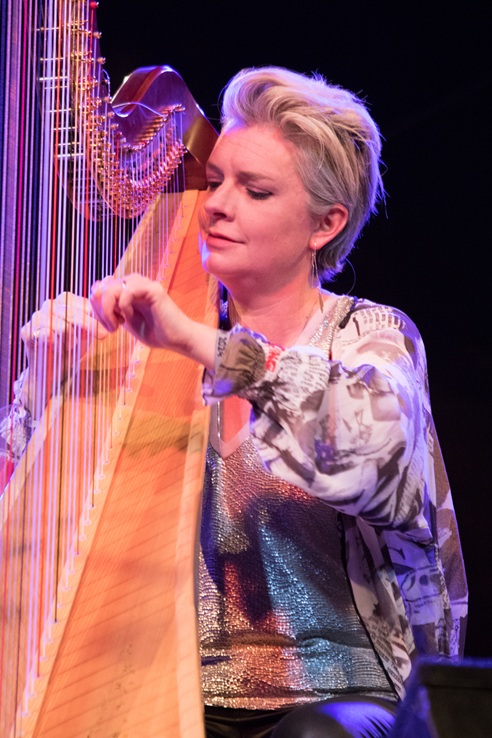 Catrin Finch & Aoife Ní Bhriain (Wales-Ireland): Catrin Finch is a regular performer in Náměšť, but each time with a different line-up. The violin virtuoso Aoife Ni Bhriain draws both from classical music and Irish tunes. The result was an adventurous yet fragile search for common roots of genres we now take as something fixed and frozen.
Catrin Finch & Aoife Ní Bhriain (Wales-Ireland): Catrin Finch is a regular performer in Náměšť, but each time with a different line-up. The violin virtuoso Aoife Ni Bhriain draws both from classical music and Irish tunes. The result was an adventurous yet fragile search for common roots of genres we now take as something fixed and frozen.